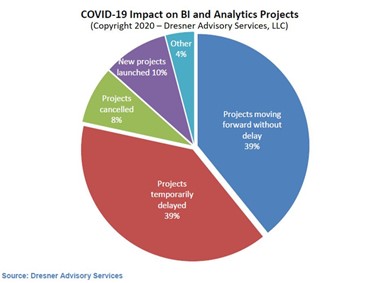Digital transformation encompasses the strategic use of technology to enhance a company’s operational efficiency and effectiveness.
Digital transformation encompasses the strategic use of technology to enhance a company’s operational efficiency and effectiveness. However, it also serves as a powerful tool for reducing environmental impact and fostering sustainability within organizations. By leveraging cutting-edge technologies such as artificial intelligence (AI), big data analytics, cloud computing, and the Internet of Things (IoT) to drive eco-conscious initiatives, businesses can realize cost savings while concurrently diminishing their carbon footprint. Below, we delve into specific instances of how companies are embracing sustainable digital transformation to achieve more favorable outcomes.
Automation and AI

One avenue through which organizations are bolstering sustainability is the incorporation of automation and AI. Automation plays a pivotal role in curtailing energy consumption by obviating manual tasks reliant on power sources like gas or oil. This leads to reduced operational costs and diminished greenhouse gas emissions. Furthermore, AI can be harnessed to optimize resource allocation and proactively identify potential sustainability challenges before they escalate. For instance, AI-powered systems have the capacity to detect incipient water leaks before they result in costly incidents or environmental damage.
Key Digital Transformation Initiatives
Several noteworthy digital transformation initiatives warrant consideration:
- Development of Robust Cybersecurity and Data Governance Strategies: Ensuring the security and governance of data and technology assets.
- Creation and Deployment of Customer-Facing Applications: Enhancing customer engagement and user experience.
- Reskilling and Training of Employees: Empowering the workforce to participate as citizen developers in the digital evolution.
- Implementation of Modern Technology Stacks: Incorporating technologies such as Robotic Process Automation (RPA), Data Science, and AI.
- Promotion of Innovation and Experimentation: Establishing internal innovation hubs or laboratories.
- Modernization of IT Infrastructure: Embracing cloud migration and addressing legacy IT debt.
- Prominent Instances of Digital Transformation in the Banking Sector
- The banking sector has been at the forefront of digital transformation initiatives to remain competitive and deliver seamless customer experiences. Notable examples include:
Prominent Instances of Digital Transformation in the Banking Sector
The banking sector has actively embraced digital transformation strategies to remain competitive and deliver seamless user experiences. Notable examples include:
- Deploying automated customer service using chatbots and AI-powered tools.
- Introducing mobile applications to expedite financial transactions.
- Leveraging cloud computing for data storage and analysis.
- Enhancing risk management through predictive analytics.
- Ensuring data security through biometric authentication.
- Digitizing processes like loan applications and document signing.
- Utilizing open banking APIs to foster an ecosystem of innovative products and services.
These digital transformation initiatives have enabled the banking sector to improve operational efficiency, reduce costs, enhance customer satisfaction, and elevate user experiences.
Cloud Computing & Big Data
Cloud computing enables businesses to securely store data in the cloud rather than relying on energy-intensive physical servers in their offices. This not only reduces energy consumption but also ensures access to critical information when necessary. Moreover, big data analytics can evaluate resource utilization, pinpointing areas where efficiency enhancements can be achieved. This data can then guide resource allocation for maximum sustainability benefits.
IoT & Smart Cities
The Internet of Things (IoT) forms a network of interconnected devices that enable real-time monitoring and analysis of environmental conditions and energy usage. Smart cities leverage IoT technologies to make informed decisions about resource management, such as using adaptive lighting systems and motion sensors to minimize energy wastage.

Conclusion
These examples illustrate the myriad ways in which businesses can leverage sustainable digital transformation to promote greener operations and bolster their bottom lines. By harnessing new technologies like AI, cloud computing, big data analytics, and IoT devices for sustainability initiatives, companies can simultaneously achieve cost savings and reduce their environmental impact—a mutually beneficial outcome. If you’re interested in exploring how your business can benefit from sustainable digital transformation strategies, don’t hesitate to reach out to us. We’re eager to assist you in getting started on this transformative journey!
BACK













 USA
USA
 CANADA
CANADA
 AUSTRALIA
AUSTRALIA
 PAKISTAN
PAKISTAN